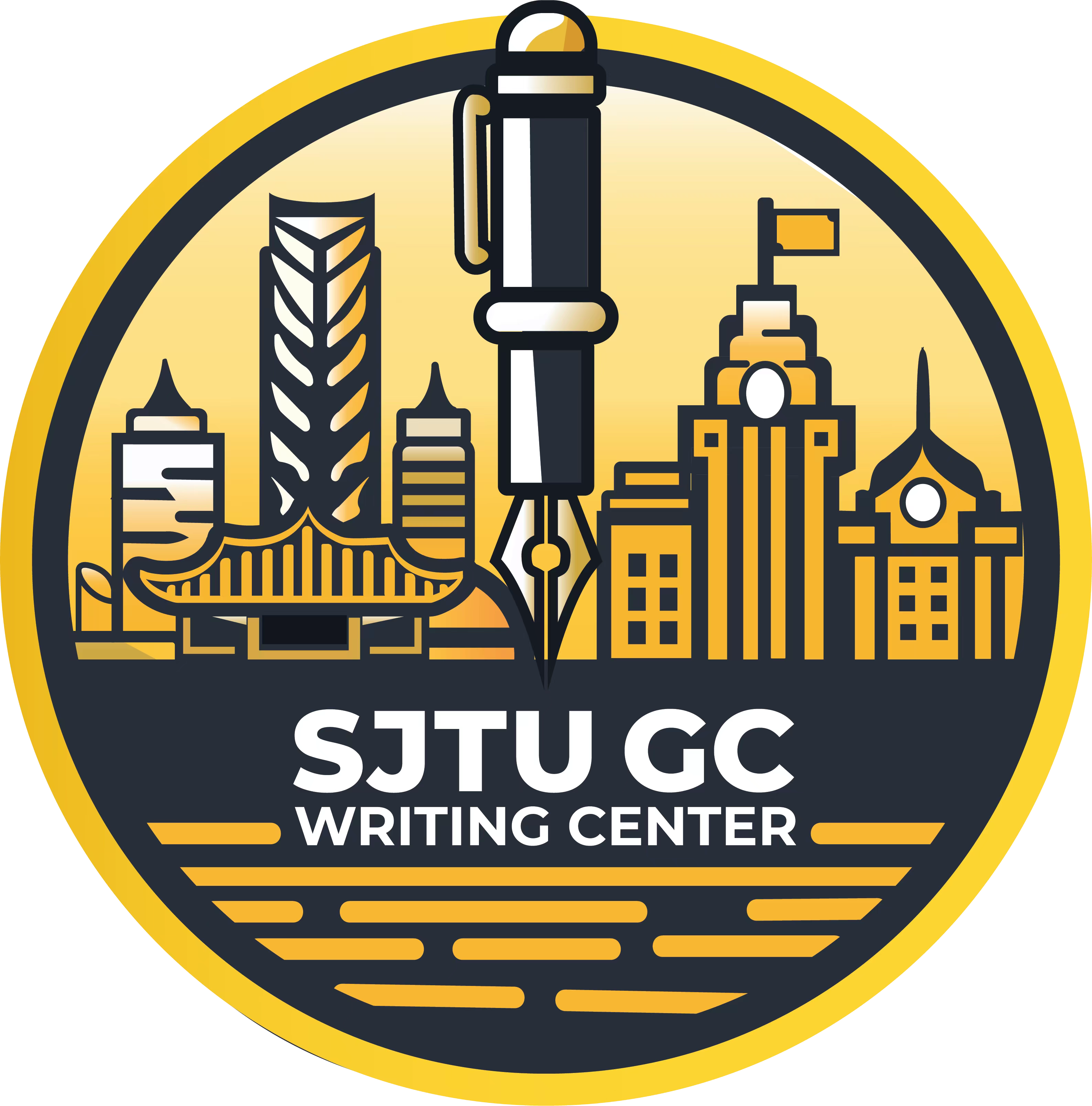How to Read a Text Effectively
In this article we will talk about how to read a text effectively. While you work on your VY100/200 papers, you need to search for various materials and read them. That’s a tough job, but the time invested is worthwhile. Hopefully this article can help you work on it.
Make Your Reading Purpose Clear
Before reading a text, it’s crucial to clarify your purpose. Are you doing research for your VY200 position paper? Or you are doing research for your VY100 discourse analysis paper? Are you reading to gain a comprehensive understanding of the entire text, or are you searching for specific pieces of information? Different goals require different reading strategies, and identifying your purpose upfront will help you approach the text more effectively.
If your goal is to read the text thoroughly and grasp all the information, you’ll need to engage deeply with the material. It’s really common when you are doing your script reading for your VY100 discourse analysis paper, or other subjects like reading the VSCode manual. This involves reading carefully, taking detailed notes, and analyzing the content. Pay attention to the main ideas, supporting evidence, and the author’s arguments. Summarize each section as you go, and re-read complex or unclear parts to ensure full comprehension.
If you’re only looking for specific information, which is common when you are doing research on your position paper, you can use techniques like skimming and scanning to save time. Skim through the text quickly to identify relevant sections, and then focus on those parts in detail. Look for keywords, headings, or phrases that relate to your needs. This strategy is useful when you’re conducting research, reviewing documents, or searching for particular facts or data.
Scan the text and identify its structure
After setting a purpose, you can start to read the text now. The first thing you should do is not reading the whole text pages by pages, instead, you need to catch the structure of the text by scanning it. Read the topic sentences of each paragraph or section and try to summarize how the author scopes the text. Paragraphs and sections are not isolated from each other. Only after understanding the whole structure can you further dig out how the author expresses his opinion in each paragraph. This is important when you want to read the whole text, since you can get a deeper understanding after scanning the whole text, which makes your detailed reading more effective. Even if you just want to read part of the text to get information you need, scanning the text makes it easier to locate your target information, which is more efficient than searching blindly pages by pages.
The text structures generally have 5 types:
The author states a problem and lists one or more possible ways to solve it.
The author talks about one thing in great detail.
The author explains what happened and why.
The order of a procedure or events.
The author explains how two or more things are similar and different.
Sometimes a text contains multiple text structures in different sections. Identifying what is generally written in different sections is important to locate the information you want.
For example, when you want to do some research for your position paper, you can first read the abstract, which enables you to have a general idea of what the research is about. Then, you can read the title of each section to understand how the research is structured. If you want to know the cause and effect but the text is about problem and solution, you can stop reading after you catch the structure. And it can consume you a lot of time to get some useless information if you don’t scan at first.
Read the key parts in detail
You’ve scanned the text! Well done! Then you need to identify which text is worth reading more carefully. For instance, in your VY200 position paper, when you are doing your research, you need to carefully read the conclusion of the material, understand why it is useful for your position paper and make notes. If there are some contrast experiments in the material, you need to carefully read the experimental methodology and results to understand how the findings support or challenge your position. This careful reading will help you critically evaluate the evidence and incorporate it effectively into your paper. Additionally, if the material contains key definitions, theoretical frameworks, or data analysis, these sections also deserve close attention, as they can strengthen your arguments or provide valuable insights for your research. By focusing on these critical parts, you can save time while ensuring that your position paper is well-supported and well-reasoned.
